Sasaki建筑与环境设计事务所发展历史悠久,由美籍日裔设计师Hideo Sasaki创立于1953年。在不断变迁的时代洪流中历久弥新,秉承着“以人和社会为本”的指导思想,不断探索未知、建立联系、验证可能,相信场所的变革之力将会为生活带来前所未有的影响。
mooool团队聚焦景观设计行业,致力于传播全球优秀设计理念,本期mooool专辑带来的是Sasaki设计事务所董事、景观设计师兼城市设计师 迈克尔.格罗福 (Michael Grove) 的专访。欢迎业界同行跟我们分享更多的经验和想法!
In 1953, Hideo founded the firm that would evolve into Sasaki. With the history of last six decades, the firm has made an indelible mark on the built world around us. Their value of pursuing the unknown, keeping everything connected and proving what’s possible is a motivation to make them believe in the transformative power of place.
We focus on landscape architecture industry and devote to spreading the excellent design ideas around the world. In today’s interview, we introduce Michael Grove, Principal of Sasaki also Chair of Landscape Architecture, Civil Engineering, and Ecology.
总策划:陈科君 / Producer: Chen Kejun
主编辑:陈科君、陈虹羽 / Editor: Chen Kejun, Chen Hongyu
Interview: Mooool x Michael Grove
专访内容:
Q:Sasaki在设计领域活跃已近65年,项目遍布全球。公司发展至今,您认为Sasaki的强项是什么?在设计领域有哪些成果和经验总结?
Sasaki has been active in the design field for over 65 years, with projects around the world. What are the strengths of Sasaki since the company has developed? What are your big achievements and reflections in the field of design?
我在20多年前就加入了Sasaki,因此见证了事务所将近三分之一的发展历程。Sasaki的企业文化—求知欲、实验精神与跨界实践下的知识深度—从我踏入事务所的1998年至今不曾改变,并持续推进着我与团队前行。
因为Hideo Sasaki先生当年是哈佛大学景观建筑系的系主任,所以我们的设计实践一直是建立在旺盛的求知欲和学术探索基础之上的。从很多方面来说,Sasaki其实更像是一所大学,我们始终处于探索、实验和研究的状态,不断努力改进自身实践和整个设计行业,这同样也体现在我们的项目中。我们专注于想法而非个人资历,这意味着我们不会被任何一种特定的风格或趋势所局限,而是以一种更全面的观点去看待并解决问题。这样的策略能够让我们应对复杂的项目,在不断更迭的设计过程中透过各种角度审视它们。这种探索精神成功确保了我们的设计周全、透彻,并经得起时间的考验。
I joined Sasaki over 20 years ago, so have personally experienced nearly 1/3 of the firm’s history. The key aspects of Sasaki’s culture that inspired me to join the firm back in 1998 are the same today—a passion for curiosity and experimentation, and the depth of knowledge that stems from our interdisciplinary practice.
Because Hideo Sasaki was the Chair of the Department of Landscape Architecture at Harvard University, the foundation of the practice is one that is built upon intellectual curiosity and academic rigor. In many ways, Sasaki feels much like a university. We are in a perpetual state of discovery, experimentation, and research, constantly striving to improve our own practice and the design industry as a whole. This is reflected in our project work as well. We are a firm of ideas, not authors, which means that we don’t gravitate towards any one particular style or trend, but rather take a more holistic view of problem solving. This strategy allows us to tackle complex projects, looking at them from multiple perspectives as part of an iterative design process. This spirit of inquiry ensures that our work is thoughtful, thorough, and timeless.
▼Sasaki团队互动交流 Design team interaction
▼Sasaki节庆活动 Festival and activities at Sasaki
公司的专业人才也为我们的工作带来了渊博的知识基础。作为跨学科实践的先驱,我们在项目中整合多个设计视角的方法巧妙地丰富了整体的工作。任何时候你都可以在公司看到不同的设计团队,我们汇集了建筑学、规划、城市设计、景观设计、平面设计、室内设计、土木工程以及财务规划和软件开发方面的专业知识人才。这样跨学科性质的团队能够为我们的客户提供丰富的想法、出乎意料的见解、独特的合作关系和广泛的资源,同时实现从上层规划到项目落地实施的无缝对接。
Our talented professionals also bring an immense depth of knowledge to our work. As a pioneer in interdisciplinary practice, our approach of integrating multiple design perspectives on each project adds a nuanced richness to our work. At any given time in the firm you will see diverse design teams that bring together specific expertise in architecture, planning, urban design, landscape architecture, graphic design, interior design, and civil engineering—as well as financial planning and software development. This approach always yields rich ideas, surprising insights, unique partnerships, and a broad range of resources for our clients, while enabling us to work seamlessly from high-level planning through project implementation.
▼Sasaki部分作品展示(点击阅读更多) Click here to read more projects of Sasaki on mooool
Q:“城市更新”一直在被反复提及,如今的欧美城市面临着哪些新的问题?对此有哪些设计思考?
“Urban Renewal” has been repeatedly mentioned. In today’s North American and European cities, what new problems they are facing? What kind of design considerations do you have in this case?
世界上每个城市都有自己独特的挑战,这取决于它所处的环境。这些挑战通常受到人口、政治因素、投资方案、地理位置和许多其他因素的影响,因此,我们很难指出单一问题来总括欧美城市所面临的共同问题。每个城市都有其独特的形象和议题,而我透过经验学到的是,过分强调一个因素而弱化了其他方面也会带来问题。我在俄亥俄州的克利夫兰长大,当时克利夫兰是一个工业城市,主要发展钢铁产业及其相关制造业,就像底特律和其他“锈带”城市(指从前工业繁盛但今已衰落的发达国家的一些地区)一样,克利夫兰在没有继续关注全球互联互通、创新和许多其他外界因素的情况下,经历了经济衰退。如今我住在波士顿,这里的经济更加强劲和多样化,主要集中在教育、医疗保健、科技和金融领域。波士顿的特点在于这些行业的相关部门都与当地的院校机构有着直接联系,波士顿的世界级大学为这里提供了源源不断的知识、人才、研究和创新资源,使地区经济能够适应快速的发展变化。总部设在波士顿的Sasaki当然也捕捉到了这种精神,这也是为什么我会认为我们公司能够持续发展的原因——它就存在于我们的DNA里。
Every city in the world has its own unique challenges based on its context. These are often driven by demographics, political forces, investment priorities, geography, and a host of other contributing factors. Therefore, it is difficult to identify any one common problem facing cities in Europe or North America, each of which have their own unique identity and set of issues. What I have learned, however, is that having any one issue dominate more than any other leads to problems. I grew up in Cleveland, Ohio, which, at the time, was very much an industrial city focused on steel production and all of its associated manufacturing-based industries. Much like Detroit and other “rust belt” cities, Cleveland experienced economic decline when it did not maintain its focus on global connectivity, innovation, and a host of other outside forces. Today, I live in Boston, which has a much more robust and diverse economy centered on education, healthcare, technology, and finance. The common denominator in Boston is that all of these diverse sectors have a direct relationship with the area’s multiple academic institutions. Boston’s world-class universities supply a never-ending supply of knowledge, talent, research, and innovation that allow its economy to adapt to rapid change. Being based in Boston, Sasaki certainly captures this spirit as well, which is why I think we are able to constantly evolve as a firm—it is in our DNA.
克利夫兰欧几里德大道快速公交健康线项目,Sasaki将快速车道走廊的公共区域改造成线性的绿化空间,使经济大萧条后的克利夫兰重新焕发生机 Cleveland Euclid Avenue Healthline BRT, Sasaki’s design transforms the public realm of the corridor into a linear green space. It has helped Cleveland regain its footing.
▼建立清晰的快速公交系统(BRT)品牌 Establishing a clear brand for the Bus Rapid Transit (BRT).
▼人行道的地面有规律地铺设着彩色的砖块,季节性植栽为街道增添了美感 Seasonal plantings provide splashes of color in the medians, colorful and rhythmic pavement striping in the sidewalks provide human scale.
对于所有城市来说,若希望透过不断更新来带动投资,最重要的是掌握人才渠道以及公民的生活质量。这意味着城市需大力推广大学并投资教育资源、鼓励创新和研究、提升经济和人口的多样性、确保政治透明度、提供保障性住房、创造可以丰富娱乐和知识的艺术文化、投资建设基础设施和公共交通以提高社会流动性,并与更大的全球社区建立联系。仅靠设计并不能完全解决这些问题,但我们有信心能协助做出有效的决策并实现愿景。
For all cities to experience the benefits of the constant renewal that will drive investment, the most important of these is the pipeline of talent, and a quality of life that keeps its citizens engaged. This means that cities need to celebrate their universities and invest in education, incentivize innovation and research, promote diversity in economic sectors and in demographics, have transparency in governance, provide affordable housing, create arts and cultural uses for enjoyment and intellectual enrichment, invest in infrastructure and public transit to improve mobility, and connect to the larger global community. Design alone cannot solve all of these issues, but we can certainly help make effective policy decisions a physical reality.
然而,所有城市面临的一个共同挑战就是气候变化。
我们都受到环境变化的严重影响,从暴风雨强度和旱涝灾害的增加,到火灾和饥荒问题,它们对城市的影响将大大地改变我们的生活方式。同样地,没有一个城市可以解决这个问题。弹性策略非常重要,但它们只能缓解症状,并不能根除问题。我们必须共同努力,一起遏制气候变化的诱因——石油消耗导致的温室气体排放,这是我们需要解决的首要问题。要真正实现“城市更新”,那么所有城市必须先实现能源平衡。
The one common denominator that all cities face, however, is climate change. We are all acutely affected by changes in our environment, and the impacts to our cities—ranging from increasing storms intensity and floods to drought, fire, and famine—will dramatically change the way we live. Again, no one city can solve this problem. Resiliency strategies are important, but they address the symptom, not the source. We all must work together to curb the contributing factor to climate change—greenhouse gas emissions as a result of fossil fuel consumption—as our most important priority. To experience true “urban renewal,” all cities must become energy neutral.
Q:您参与过很多大尺度的规划项目,这些项目是否具有一定的前瞻性,是否解决了当下存在的社会及环境问题?您的设计经验对于小尺度项目是否具有普适性?如何指导小尺度的城市空间设计?
You have participated in many large-scale planning projects. Are these projects forward-looking and have they solved the current social and environmental problems? Is there any general applicability in your design experience for small-scale projects? What strategies can guide small-scale urban space design?
规划是设计过程的必要部分,因为它们提供了长期的展望并替未来具体的设计调控提供指引。各个城市、区域和国家,若能有效地实施长期规划策略,将能为不断变化的全球环境做更好的准备。不过,很重要的是这些规划策略必须灵活而不僵固,才能够适应各种改变。我相信,Sasaki所做的规划工作在解决社会和环境问题上都起到了关键作用。我们的设计工作经常涉及到加强脆弱生境保护、提供公共开放空间和改善公共领域、利用景观基础设施解决水质问题、创造多种用途以鼓励经济文化多样化、解决流动性和运输战略,以及提供一系列的住房策略,让所有人无论收入多少都能拥有良好的生活质量。就其本质而言,所有规划项目都必须具有前瞻性,并解决未知问题,这就是Sasaki将重点放在研究和设计的交叉点上所起的重要作用。学术上,我们不断地思考未来,并将研究的最新发现融入到我们的设计方案之中。
Planning projects are a necessary part of design, as they create a long-term outlook and inform specific future design interventions. Cities, regions, and countries that effectively adapt a long-range planning strategy are better prepared for a changing global landscape. That said, it is critical that these strategies are flexible and not dogmatic so that they may adapt to changing conditions. I believe that all of the planning work we do at Sasaki plays a key role in solving social and environmental issues. Our design frameworks often address strategies to increase the conservation of vulnerable habitats, provide public open space and improve the public realm, address water quality issues with landscape infrastructure, create a variety of uses to encourage economic and cultural diversification, address mobility and transit strategies, and provide a range of housing strategies to allow for all people to regardless of income to have a good quality of life. By their very nature, all planning projects must be forward-looking, and address the unknown. This is where Sasaki’s focus on the intersection of research and design play an important role. Intellectually, we are constantly thinking about the future and imparting the most up-to-date findings from this research into our design solutions.
这种基于研究的规划手段对大尺度和小尺度的项目都有影响。我们的设计思维总是超越空间尺度,这也是我们多学科相互协作的结果: 规划师专注于政策时,景观设计师则平等审视整体和细节,建筑师和工程师也协力设计因地制宜的解决方案。这就像是一个管弦乐队,虽然每种乐器都独具个性,但如果经过精心编排,将它们汇聚在一起共同演奏交响乐时,便会更加凸显其影响力。
This research-based approach impacts both large-scale and small-scale plans. Our design thinking always transcends scales, which is a result of our multiple disciplines working together. While planners might be focusing on policy, landscape architects are looking equally at systems and details, and architects and engineers are designing discreet site-specific solutions. Much like an orchestra, each of these instruments are unique in their own right, but are much more impactful when, carefully conducted, they come together to create a symphonic work of art.
Q:中国在前30年基本上是飞速发展的,这种快速增长的背后您认为给城市环境带来了哪些问题?在Sasaki的项目中是如何回应这些问题的?
China has developed rapidly in the past 30 years. What problems do you think have brought to the urban environment in light of this rapid growth? How does Sasaki’s work respond to these questions?
Sasaki在中国大陆的第一个项目是在1998年,我本身已经有20年的中国项目经验。中国每个城市都有自己特定的环境问题,但总的来说,我认为一些普遍的问题与环境保护和生境丧失、城市公共空间质量以及社区的投入和参与度有关。
我们在中国的项目主要集中在恢复生态和生境保护的规划和建设工程上。例如我们在上海嘉定公园将渠化水道改造成软边水道,水道里种有大量的能够吸引两栖动、鱼类、水禽和益虫的本土植物,而这些植物之前并未生长在这里。我们还与华东师范大学合作,对该公园水道改造前后进行了研究对比,测评公园内的水质改善情况。
Sasaki’s first project in mainland China was in 1998, and I have spent all 20 years of my career working in the region. Each city in China has its own individual set of problems specific to its context, but in general I believe some universal issues are related to environmental protection and habitat loss, quality of the urban public realm, and community input and participation.
At Sasaki, our work in China has focused on restorative ecology and habitat conservation at both the planning and built-work scales. For example, our work at Jiading Park in Shanghai transformed channelized canals into soft-edged waterways that are abundant with native plants that are attracting amphibians, fish, waterfowl, and beneficial insects—none of which existed on the site previously. In fact, we even collaborated with East China Normal University to conduct a post-occupancy study of the park which measured improvements to water quality because of our design interventions.
▼上海嘉定公园 Jiading Central Park
今天的公园中,往日污浊的运河和肆意的蓝藻早已不见踪影,取而代之的是清澈的河水和垂钓的渔翁;昔日喧嚣的马路已不再焦躁,变形为幽静的林阴步道 Today’s park features clear water and fishermen where dirty canals and algae blooms once proliferated. A quiet promenade takes the place of a noisy roadway.
湿地与林地的修复改善了公园水体和空气质量,培养了本地生物群落,增加了生物多样性 Restored wetland and woodland has drastically improved water and air quality and biodiversity.
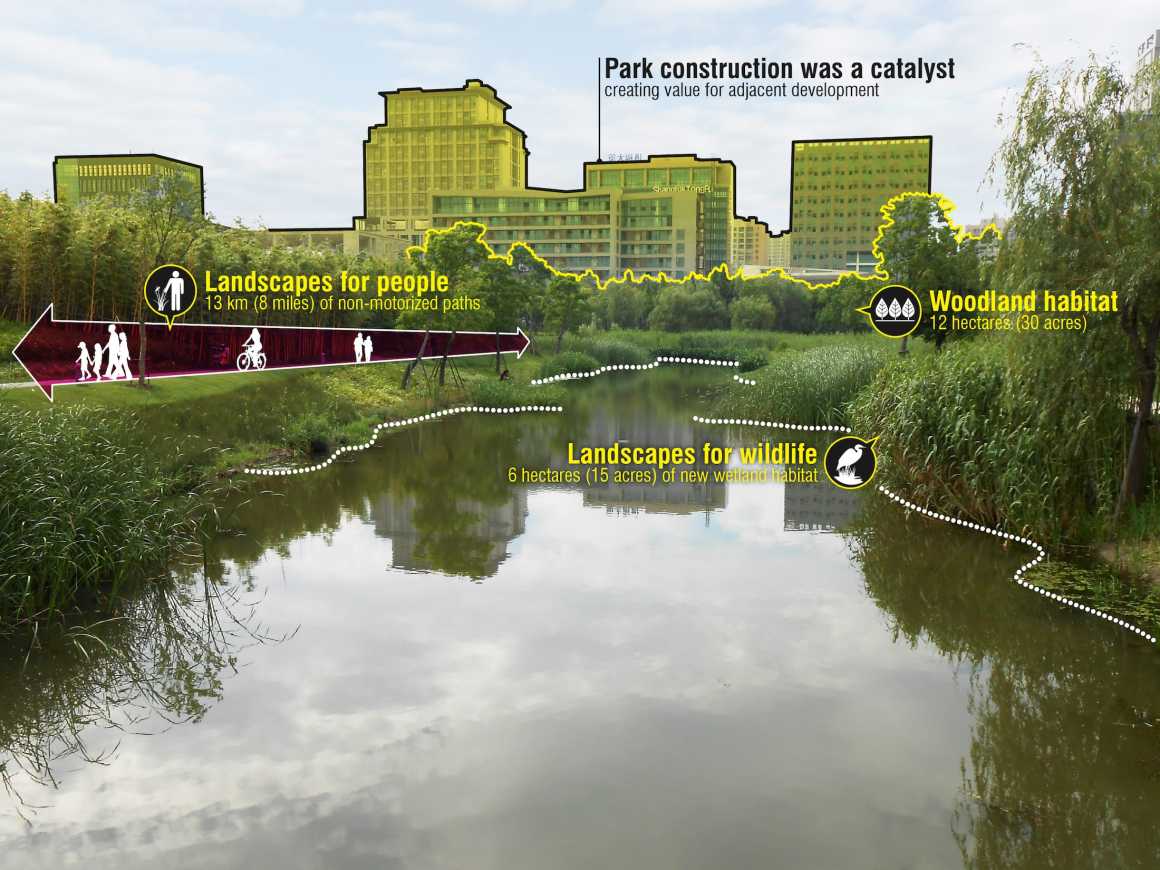
在成都,我们正为69平方公里的成都熊猫保护区定制总体规划,规划设计基于各项正在进行中的研究工作,重点关注栖息地的恢复和研究,以及将熊猫放归野外的策略。这些项目只是我们对环境和人类发展思考的一小部分例子,我们的规划师、城市设计师、建筑师、景观设计师和生态学家都正在为同一个目标而奋斗着。
In Chengdu, we are working on protecting 69 square kilometers at the Chengdu Panda Reserve which builds upon ongoing research efforts and focuses on habitat restoration and research, as well as pre-release strategies to integrate juvenile pandas back into the wild. These projects are just a small example of our thinking at the intersection of the environment and human development, where our planners, urban designers, architects, landscape architects, and ecologists are all working together towards the same goal.
▼成都熊猫保护区规划设计 Chengdu Panda Reserve
北湖熊猫公园片区为访客提供沉浸式的自然体验,引导游客近距离了解和观赏大熊猫及其伴生物种 The first site, Beihu Panda Park leads visitors can learn about the daily lives of pandas and their companion species, their shared habitat.
都江堰熊猫谷片区是集研究,教育和体验为一体的科研基地 The second site, Dujiangyan Panda Wilderness is primarily focusing on research, including breeding techniques and assimilation into the wild.
龙泉山熊猫之窗片区是进入成都和了解大熊猫生态的第一站,也是体验天府文化,本地历史、美食、区域生态与国宝熊猫的门户 The third site, Longquanshan Panda Village provides an educational overview of the region’s history, food, and wildlife, including the prized native panda.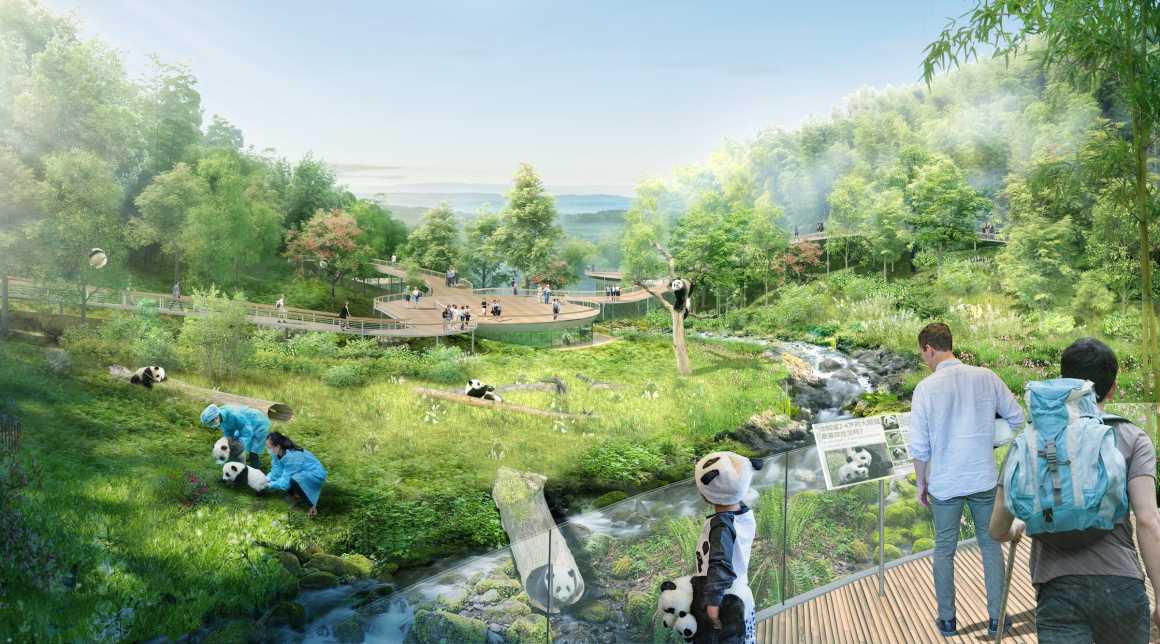
我们在中国非常感兴趣的另一个点是社区参与和参与式设计。在美国,我们以身为一个兼容并蓄的事务所而为人所知。从我们设计的空间的使用者,尤其是公共景观的受众那里获得想法和观点是我们设计中的关键部分,这能激发出更好的设计。当社区团体参与到空间的构思中时,人们常会产生强烈的主人翁意识,因此能注重并更好地照顾到这些空间。然而在中国,虽然我们觉得这样做能给我们的工作和客户带来巨大的价值,但社区参与仍然是一个相对较新的概念。在上海张家浜公园,我们与公司内部的软件开发团队合作设计了一个工具,它可以帮助社区向设计团队提供公园的使用反馈信息。在武汉长江滨江公园,我们推进了一项基于网络的推广工作,它不仅得到了广泛的公众支持,还达成了武汉滨江未来发展的共识。在整个设计过程中,甲方与我们收集了65,000多条公众评论来帮助我们推进设计。当地民间团体还组织了一系列公共会议和现场观光活动,以促进对滨江公共景观的管理,他们也邀请了一些当地青年在现场活动中描绘自己对滨江公园的愿景。当公众参与了设计过程,他们往往能够更理解问题所在,同时也有动力成为解决方案的一份子。
Another area that we are very interested in improving in China is community engagement and participatory design. In the United States, we are celebrated for being a firm that is very inclusive of the communities in which we work. Gaining perspective from the constituents who will eventually use the spaces we design—especially public landscapes—is a critical part of our design process that results in a stronger design. When the community is involved in the ideation of a space, they often feel a stronger sense of ownership and therefore tend to appreciate and take better care of these spaces. In China, however, community engagement is a relatively newer concept, though it is one that we feel brings great value to our work and to our clients. At Zhangjiabang Park in Shanghai, we worked with our internal software development team to design a tool which helped the community provide feedback regarding that programmatic uses they would like in the park. And for the Yangtze Riverfront Park in Wuhan, we developed a web-based outreach effort that generated fruitful public support of the design, and consensus on the future of Wuhan’s waterfront. Throughout the design process, over 65,000 public comments were collected, helping to inform the design. Local civic groups also organized a series of public meetings and site tours to promote stewardship of the river’s public landscapes, and local youth were also invited to portray their vision for the waterfront park at an on-site event. When the public is engaged in the process, they often gain a better understanding of the problems and are incentivized to be a part of the solution.
▼张家浜是上海拟建的8个“楔形绿地”中的首个建设项目,建成之后将成为上海市最大的公共公园 Zhangjiabang is the first of Shanghai’s eight planned “green wedges”, and will become the city’s largest public park.
Q:在中国做项目,甲方拥有更绝对的话语权,您是如何做到让甲方接受新的理念并将它们渗透到项目中?
Party A (the Client) often has more direct power and authority in China. How do you get Party A to accept new ideas and infiltrate them into the project? What are these new concepts or ideas and what are their impacts?
作为设计师,我们的主要职责是讲解和启发。当你将全面的场地分析提供给客户时,你不仅是在帮助他们理解其最有价值的资源,即场地自身,同时你还带领着他们沿着你的思维过程进行思考,这样他们就能完全理解你设计方案背后的逻辑。当你将自己的想法描述给客户时,你们就是在畅想一个共同的愿景,并且你们双方都有责任去实现它。
要想真正成功,你必须同时做到这两点。如果你为客户做了讲解但却缺乏启发,也许你的确为客户接下来的工作打下了一个良好的基础,但是你并没有做足工作来帮助他们设想解决方法;当你启发了客户但却没有讲解,那么你给客户展现的便是一个经不起推敲的方案,你的设计思路可能与场地独特的环境不符,与客户的特定需求相悖。一个项目要成功,这个过程是关键:Sasaki与客户作为一个共同协作的团队,一起交流想法并开展持续和真诚的对话,这样我们可以更透彻地理解彼此的观点,有共识地确立解决方案。
As designers, our primary responsibilities are to educate and inspire. When you educate the client with thorough site analysis, you not only help them understand their most valuable resource—their site—but you also take them on an intimate journey of your thought process so that they fully understand the logic behind your design solution. And when you inspire your client with your ideas, you are allowing them to dream and have a shared vision that you both are responsible for making a reality.
To be truly successful, you must do both. If you educate but don’t inspire, you may provide the client with a good grounding for future work, but you have not done enough to help them visualize the solution. When you inspire without educating, you leave the client with an arbitrary design idea that has no real grounding in its unique context or their specific needs. The best projects result from a process where Sasaki and our clients are working as a collaborative team, sharing ideas and having an ongoing and honest dialogue so that we fully understand each other’s perspective and reach the solution together.
Q:您在执行中国项目或者亚洲项目的过程中遇到过哪些困难?是否留有遗憾?
What difficulties have you encountered while you are doing Chinese case or Asia case? Are there any regrets?
每个项目都有其自身的困难,但有一个共同点,就是过程缺乏透明度及对设计的尊重。设计是一个反复的过程,需要时间和心力。最初的想法不总是最好的,而创意也不是你签了合同就能立即闪现的东西。设计需要经过一个有条不紊的过程来确保多元化的想法能经得起推敲和打磨。
在中国,这里的工作节奏往往会缩短这个过程,有时这会促进一些真正具有创新思维的想法诞生,但是有时可能又会导致我们错失一些突破性和出众的尝试机会。一个项目的成功必须先建立在设计者和客户之间的相互尊重之上。无论是开发商、政府官员还是设计师,每个人都很忙,我们必须尊重彼此的想法、成果和时间,一起努力实现共同的目标。我没有任何个人遗憾,但有时遇到客户不尊重日程表、不遵守协议,或者将设计师视为商品而不是实现愿景的合作伙伴时,我会感到失望。
Each project has its own difficulties, but one commonality is the lack of transparency in the process, and a diminished sense of respect for the power of design. Design is an iterative process which takes time and effort. The first idea is not always the best, and the creative spark is not something that just happens once you sign the contract. Design needs to go through a methodical process to ensure that multiple inputs are considered and tested.
In China, the pace of work often truncates this process. Sometimes this can result in something truly innovative and new, while other times it can lead to missed opportunities to do something transformational and exceptional. For a great project to materialize, it must evolve from a mutual respect between the designer and the client. Everyone is busy, whether you are a developer, a government official, or a designer. We must respect each other’s ideas, feedback, and time, working together towards a shared goal. I don’t have any personal regrets, though I am disappointed when schedules aren’t respected, agreements aren’t honored, and designers are treated as a commodity rather than a partner to help the client achieve their vision.
Q:如今中国的城市发展正面临着一个从量变到质变的过程,您认为当下设计实践的前景和机遇是什么?
China’s urban development is transitioning from quantitative to qualitative models. What do you think are the prospects and opportunities for current design practice?
亲身经历设计从量变到质变是一种奇妙的体验,中国就像是一个科技初创企业——从失意到重振旗鼓,从过去的错误中吸取教训,不断开拓新的道路,在下一波浪潮中创造出更好的事物。从量变到质变是创新过程中的必经之路,但是这种类型的发展一般不会经历得那么快。目前美国仍然在从几十年前在城市基础设施、交通、城市设计和公共领域方面犯下的错误中慢慢恢复和纠正。尽管中国在城市发展之路上出现了一些难以避免的错误,但由于大家对纠正错误想法和尝试新鲜事物秉承着开放包容的态度,这些错误往往都会被最小化。对于走量式的发展城市公共空间其实并不一定是件坏事,因为它创造了新的开放空间,而这些空间可能是以前没有的。
真正值得关注的是这些空间正不断转变为设计精美、工艺精良、环境效益良好的景观。这才是真正需要专业设计人员的地方,以确保我们建造的空间考虑到了场地的受众群体,它们如何融入城市环境,以及它们在生态方面将做出什么样的贡献。所有的公共空间都应该通过某种方式对社会的改善作出贡献,作为设计师,我们有责任为人类和地球创造出有意义的、持久的利益点。
Experiencing this transition from quantity to quality of design in real time is an amazing phenomenon. Because of its willingness to try new ideas, China is very much like a tech start-up—falling down, getting back up, learning from past mistakes, and creating something better in the next round. This is a normal part of the innovative process, but this type of evolution is not typically experienced in the physical realm so quickly. In the United States, we are still recovering from and rectifying mistakes made decades ago, in terms of urban infrastructure, transportation, urban design, and the public realm. In China, mistakes are certainly made, but they are often minimized because of an open-minded approach to fixing bad ideas and trying something new. With respect to the urban public realm, quantity wasn’t necessarily a bad thing, as it created new open spaces where they may not have existed before.
The real remarkable change is the ongoing transformation of these spaces into beautifully designed, well-crafted, and environmentally functioning landscapes. This is where the design profession is truly needed, ensuring that the spaces we build consider the people who will use them, how they fit into the urban context, and what they are contributing ecologically. All public spaces should contribute to the betterment of society in some way, and it is our responsibility as designers to provide a meaningful and lasting benefit to humanity and to the planet.
▼武汉长江滨江公园,深度思考城市空间如何融入城市环境 Wuhan Yangtze Riverfront Park, deep thinking on how urban space fits into the urban context.
在南岸嘴标志性的“江汉之心”,游客可纵览长江汉江交汇的壮丽图景和一水两色的奇观,活跃的江岸景象和蓬勃的城市天际线在此一览无余 At the iconic “Tip of China”—the peninsula at the scenic confluence of the Yangtze the Han rivers—the distinct color of the water of the two rivers clash abruptly with a clearly visible boundary in the middle of the Yangtze.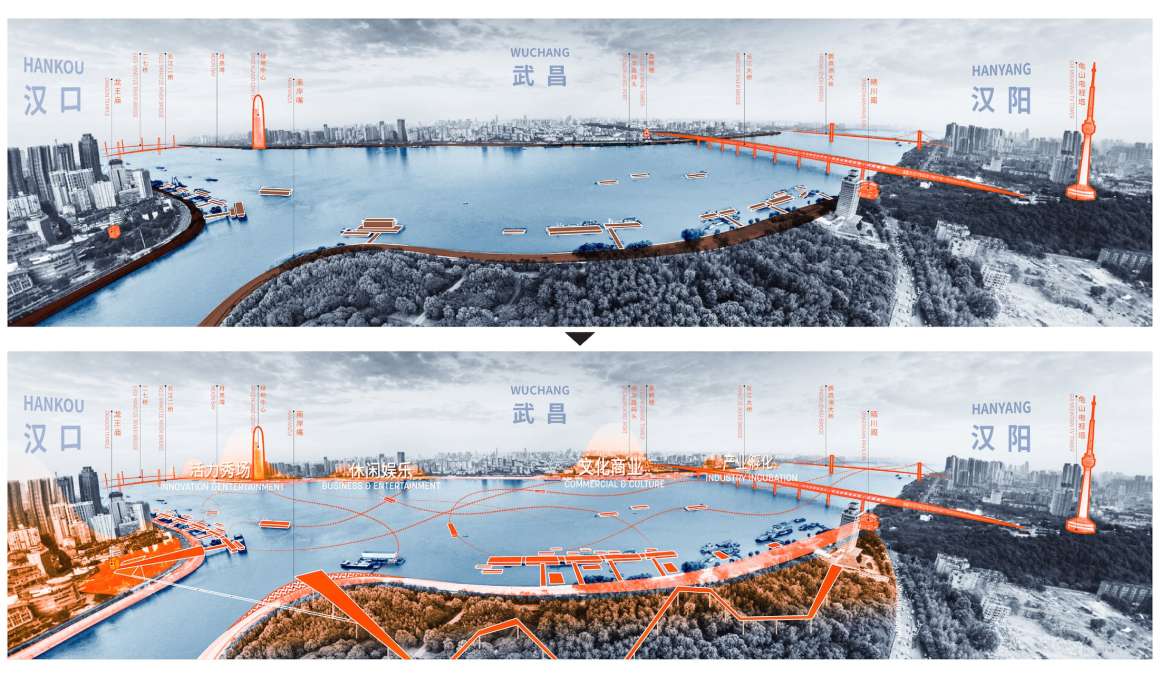
生态考量是重点,沿河的滩涂地为维持区域生态多样性提供了重要保障 The river’s mudflats continue to play a critical role in supporting biodiversity and delivering crucial ecosystem services.
Q:人类社会在不协调的发展过程中总会带来各种问题和矛盾,您如何看待跨学科合作,如何有效的把研究与实践之间的偏差降到最低?
Human society always brings various problems and contradictions in the process of uncoordinated development. What’s your opinion about interdisciplinary cooperation for how to effectively close the gap between research and practice?
Sasaki设计实践的中心原则是要认识到沟通、协作和贡献的重要性。作为跨学科实践团队,我们实际体会到更紧密、更综合的工作方式所带来的益处。通过与他人的合作,你可以不断地丰富自己、汲取他人的经验、培养共同的使命感。协调和沟通对我们的工作是至关重要的,为了获得最好结果,我们都需要向自身不熟悉的领域的专家寻求协助。没有什么是孤立存在着的,当每个人都倾注心力时,那么我们的工作便会处于最佳状态。
设计是一个连续不断而互相整合的过程,这意味着我们的实践也必须不断创新和发展。最近,我们在Sasaki启动了“Incubator at Sasaki”(Sasaki创意孵化中心)计划,这是一个新的合作空间,培养了一群有进取心、富有创造力的社群,致力于解决这个时代面临的主要挑战。这是一个灵活的研究室,是跨界合作的催化剂,它将学者、专业人员和社区合作伙伴聚集到一起。Sasaki Foundation(Sasaki基金会)是公司的非盈利性质的研究机构,也是“Incubator”的理事和管理者,通过公共项目的激活以及来自于Sasaki提供的专业技术资源来推动各项研究活动的开展。
A central tenet of practice at Sasaki is the importance of communication, collaboration, and contribution. As an interdisciplinary practice, we directly experience the benefits of a more connected, integrated way of working every day. By collaborating with others, you are consistently enriching yourself, learning from their experience, and developing a shared sense of purpose. Coordination and communication is critical to our work. We strive for the best outcomes possible, which often means turning to experts in areas in which we don’t have deep knowledge. Nothing exists in isolation, and our work is at its best when everyone is contributing.
Design is a continuum, which means that our practice must also constantly innovate and evolve. Recently, we launched the Incubator at Sasaki—a new co-working space which cultivates a network of ambitious and creative people committed to advancing solutions to the major challenges of this generation. The space is designed as a flexible research studio, serving as a catalyst for cross-industry collaboration, bringing academic, professional, and community partners together. The Sasaki Foundation, the non-profit research arm of the firm, serves as the steward and curator of the Incubator, activating it with public programs and facilitating research initiatives, with Sasaki offering our expertise and resources.
▼“Incubator at Sasaki”,Sasaki创意孵化中心
Q:您最近有哪些思考?有进一步的计划吗?
What are your most recent thoughts on design? What are your plans for the future?
我一直都有一些新的想法和思考,不过现在有一些具体的事情是我正在实施的。首先我希望扩大Sasaki的影响力,我们虽然是间小公司,不过还是拥有一定的话语权,我想利用这种话语权所带来的影响做一些改变,同时让更多的人知道设计行业,尤其是景观设计行业,如何可以在遏制气候变化方面发挥重要的作用。
其次,我也一直在思考作为设计师所承担的责任,我们创造的空间不仅仅是美丽又富有诗意的,同时它还是整个生态系统的一部分。在过去的几年里,我们不断完善我们的设计方法,更加注重生态效益的解决方案。下一步计划是建立更多这种类型的景观,从项目投入使用后的评估中获取的循证数据来衡量其影响力,并从这些研究中不断学习来完善我们的设计思想。最终的目标是创造能源和碳平衡的空间,是一个包含必要的绿色基础设施和实现生境多样性的地方。
最后,我可以说我们所有的工作都在朝着更加公平和包容的方向发展。很多情况下,设计是为社群团体和有一定经济实力的人预留的,城市里高质量的景观设计常常选在价值属性较高和视野通透的地区。而我希望把相同水平的设计带到历史上一直处于弱势和被忽视的社区中,这些社区没有什么机会能够使用设计良好的公共开放空间。
设计是为了造福于公众,作为设计师我们必须通过采用积极的手段来确保社会公民不论其社会经济地位如何,都能平等地享受到好的设计。
My mind is constantly on fire with new ideas, but right now there are a few specific things that I am cultivating. First, I am interested in broadening Sasaki’s reach. We are a small firm with a big voice, and I would like to use that voice to influence change and spread the word on how the design professions—especially landscape architecture—can play a key role in helping to find solutions to curb climate change.
I have also been thinking a lot about our responsibility as designers to create spaces that are not only beautiful and poetic, but also function as part of a complete ecosystem. We have honed our design approach over the past few years to become increasingly focused on ecologically-beneficial solutions. The next step is to build more of those types of landscapes, measure their impact with empirical, evidence-based data gathered from post-occupancy evaluations, and learn from those studies to refine our design thinking. The ultimate goal is to create places that are energy and carbon neutral, and that provide necessary green infrastructure and habitat diversity.
Finally, I am interested in ensuring that all of our work is moving towards being more equitable and inclusive. Often, design is reserved for the communities and people that can afford it. Cities tend to direct resources to design high-quality landscapes in highly-visible areas that already have the highest property values. I’m interested in bringing the same level of design investment to historically underserved and underrepresented communities who haven’t had the same access to well-designed public open space.
Design is something that is meant to benefit everyone, and we must take a proactive approach to ensuring that all members of society, regardless of socioeconomic status, have equitable access to good design.
感谢Michael以及Sasaki团队对本次采访的深度配合,欢迎更多业界同行约访! Thanks to Michael and Sasaki’s team for their cooperation in this interview, and we sincerely hope to have more opportunities to interview with industry counterparts.
更多 Read more about:Sasaki


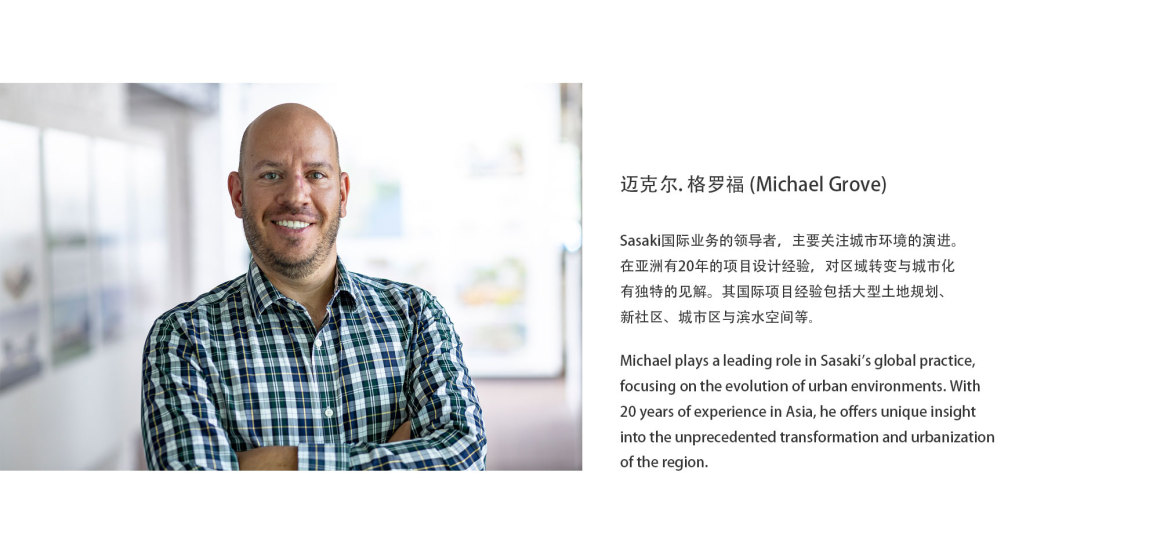
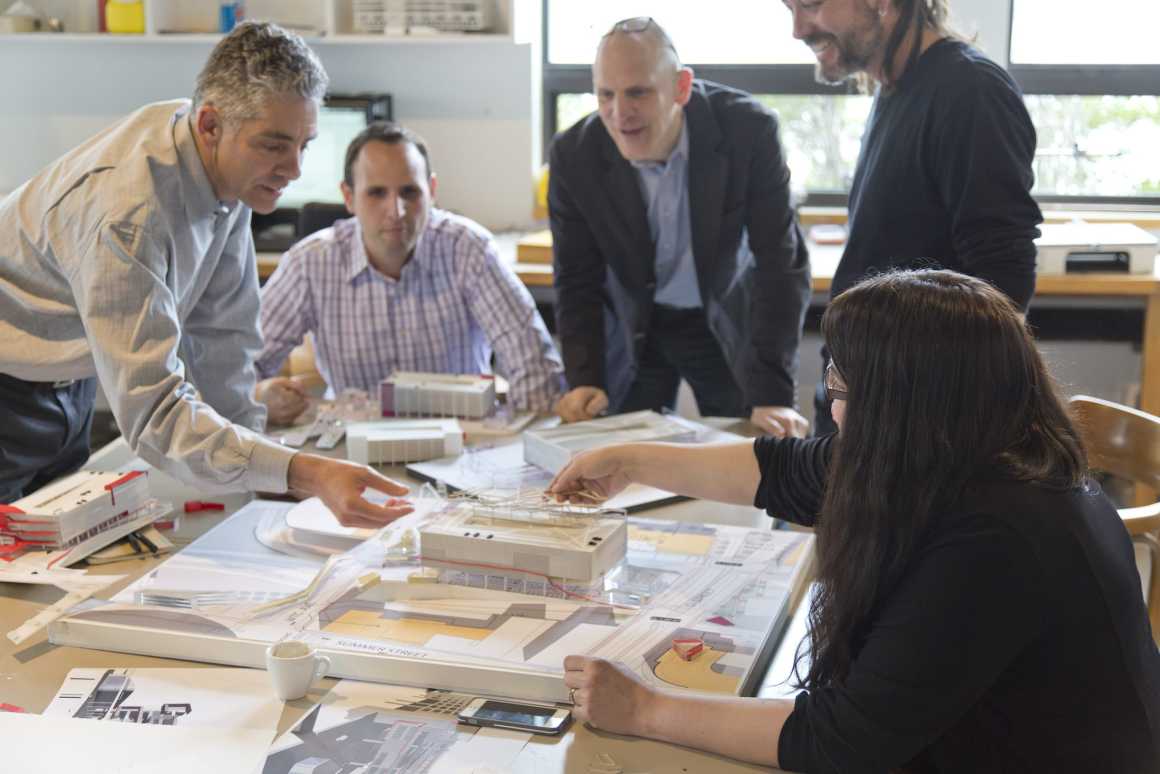
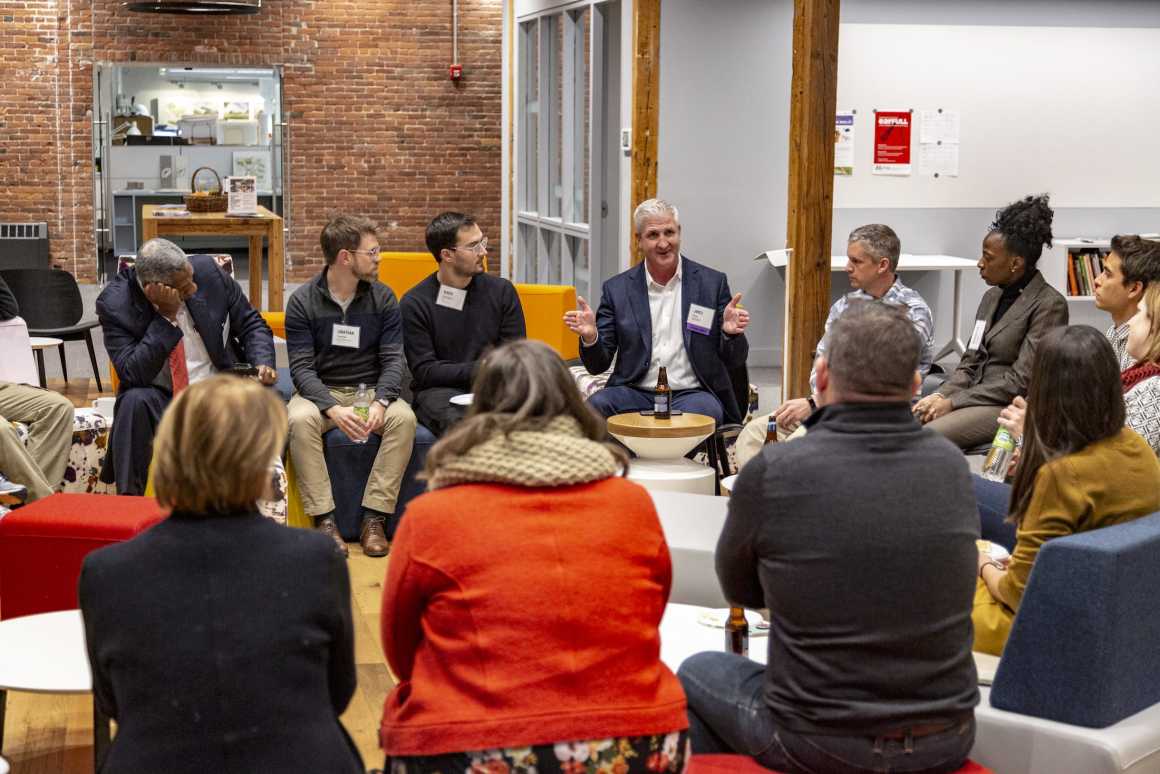
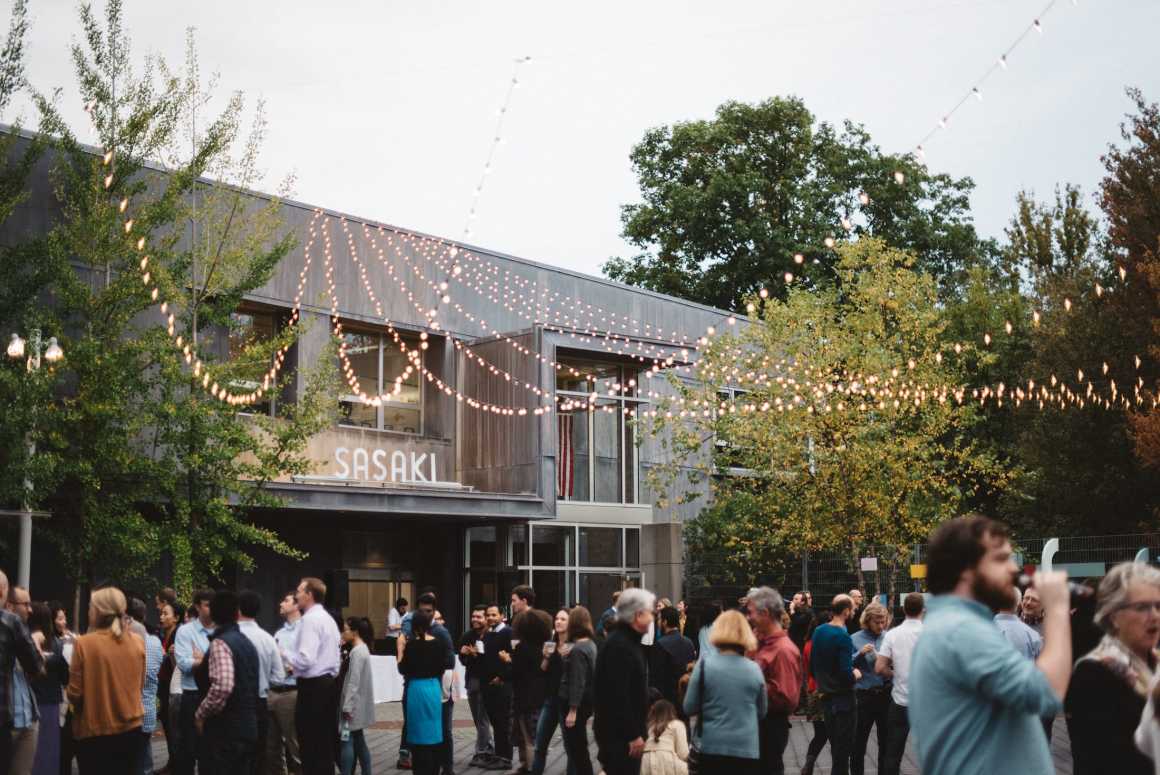

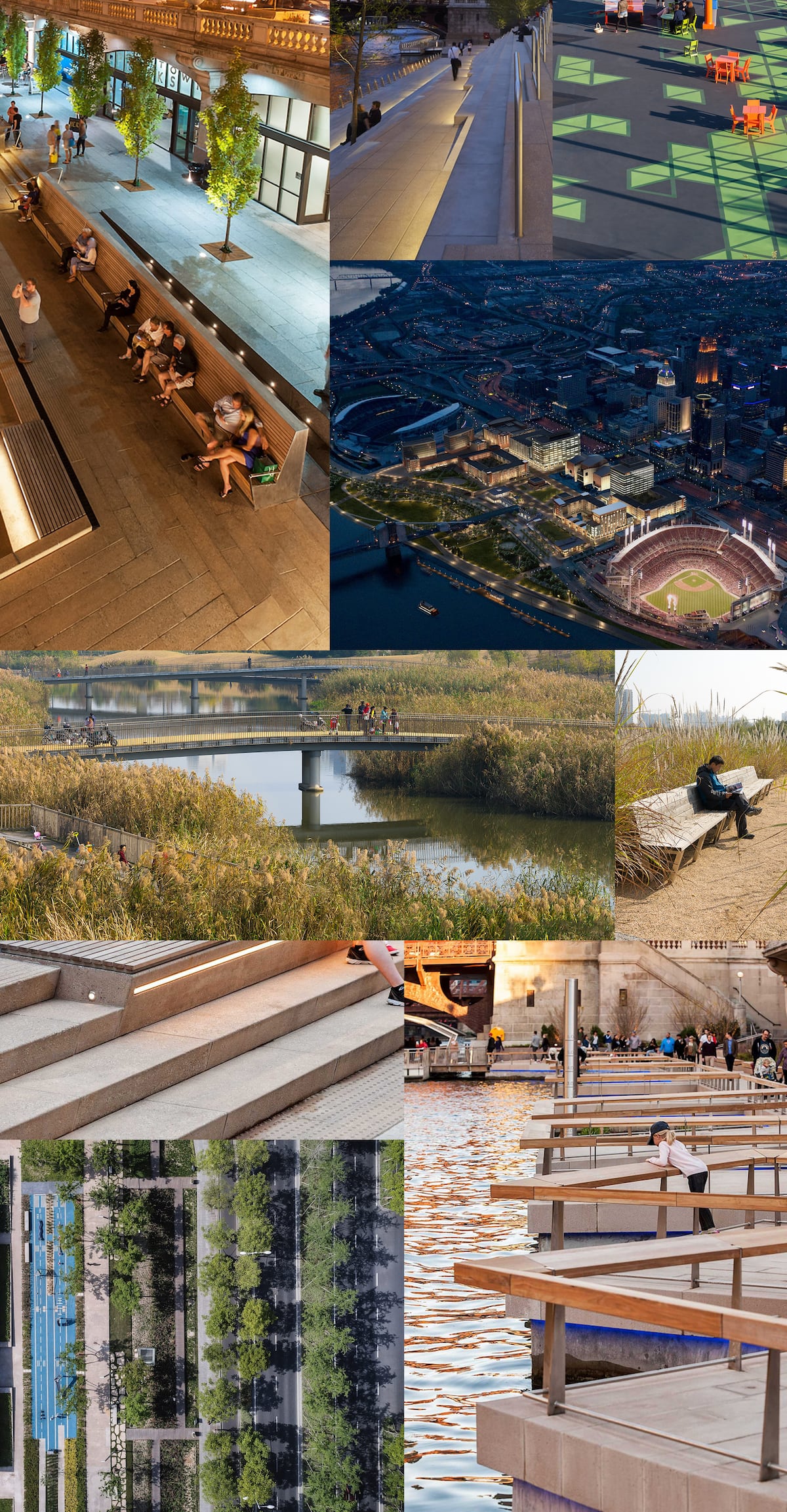
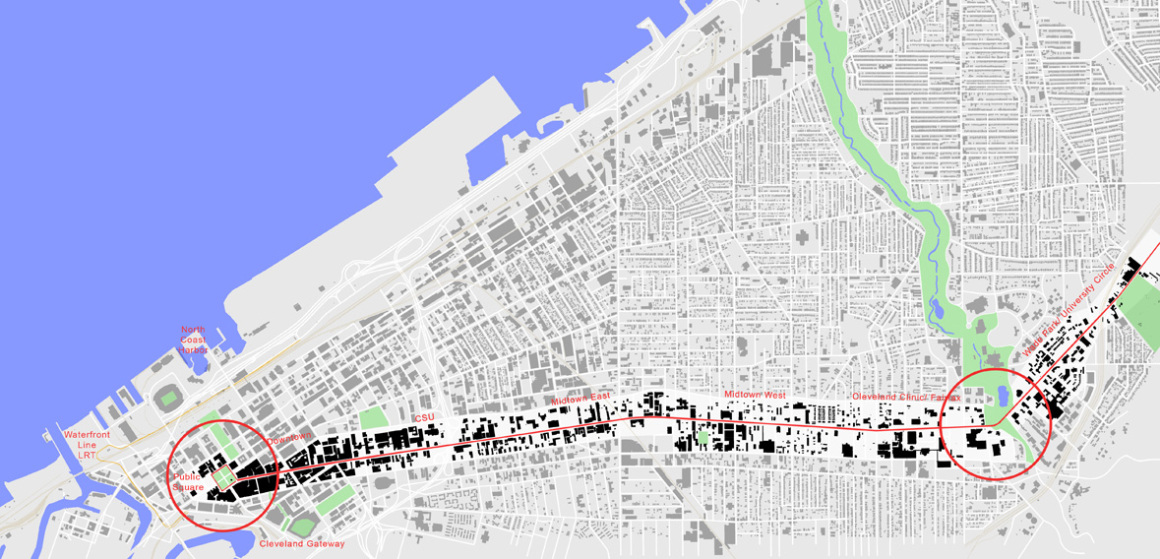
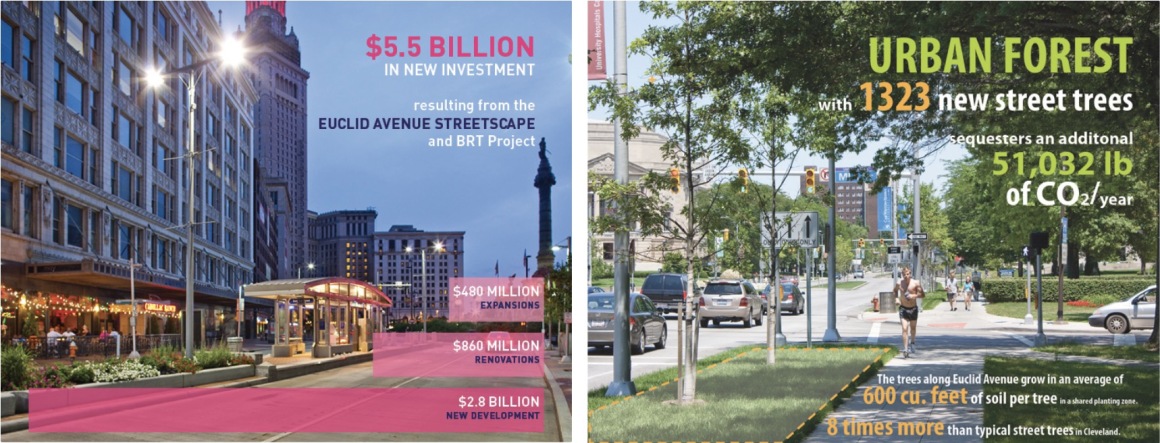
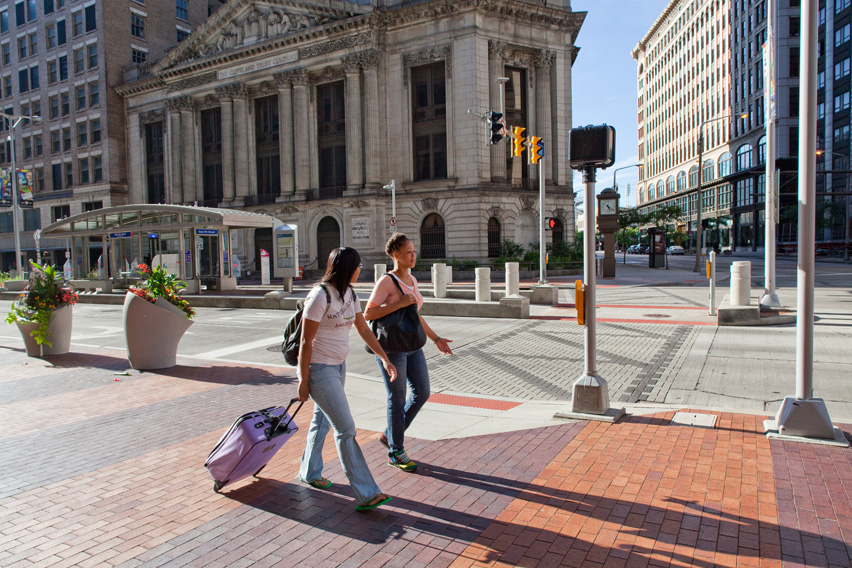
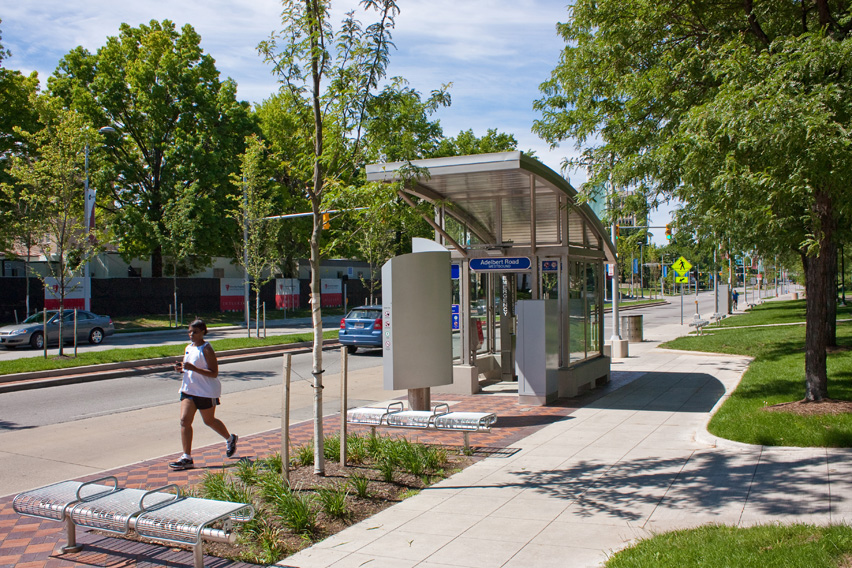

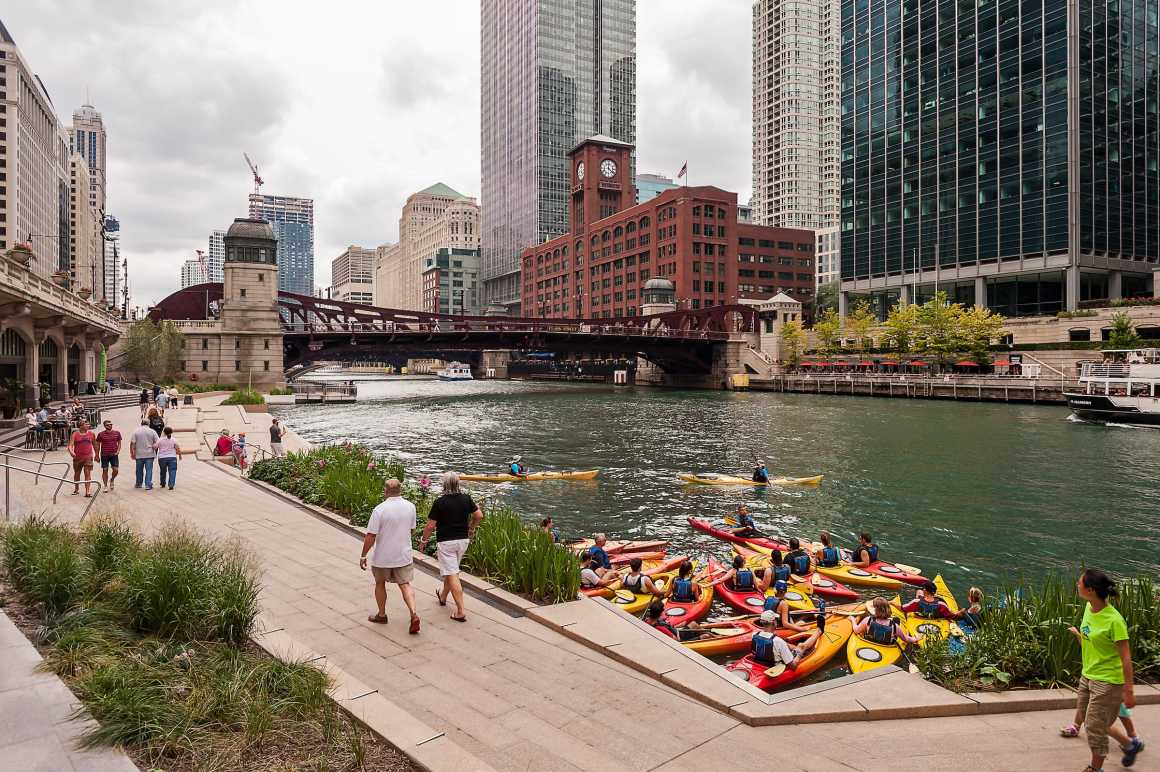
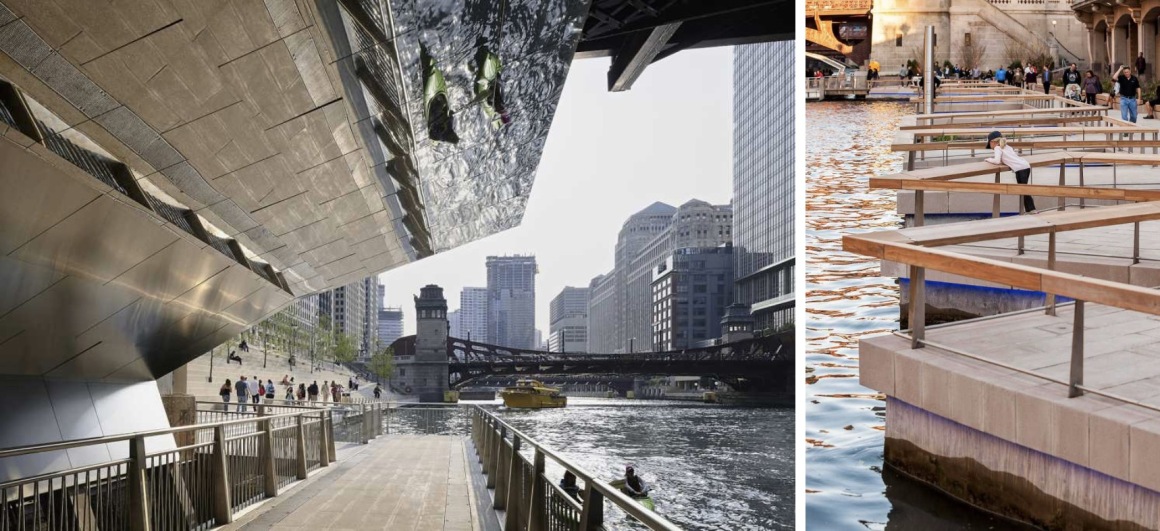

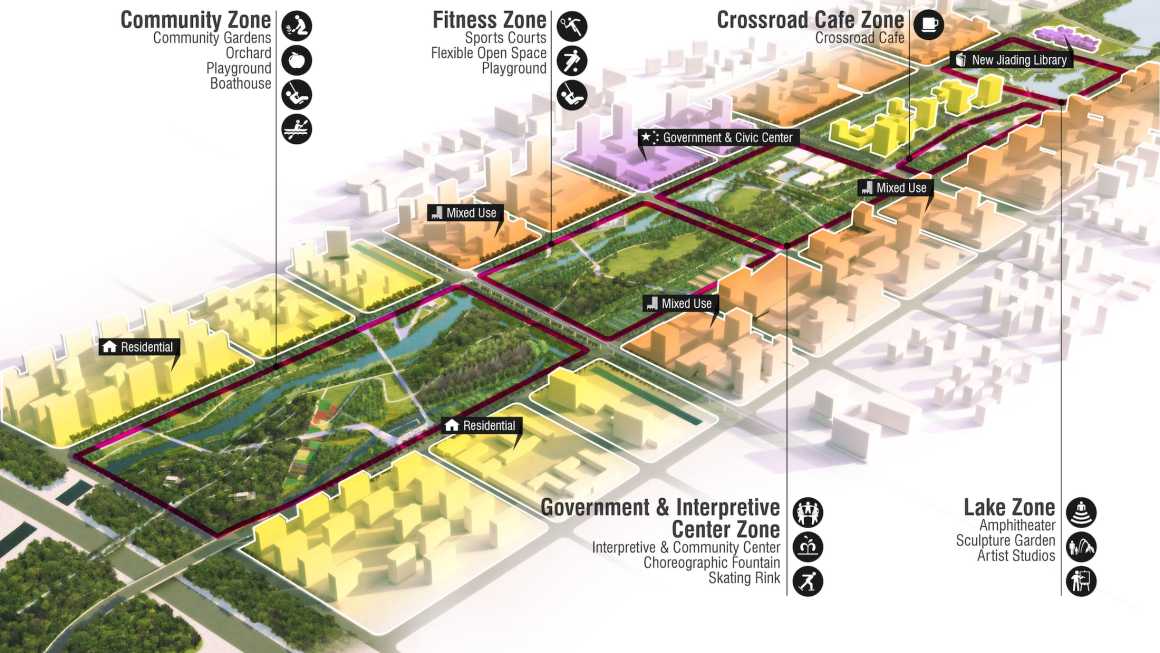
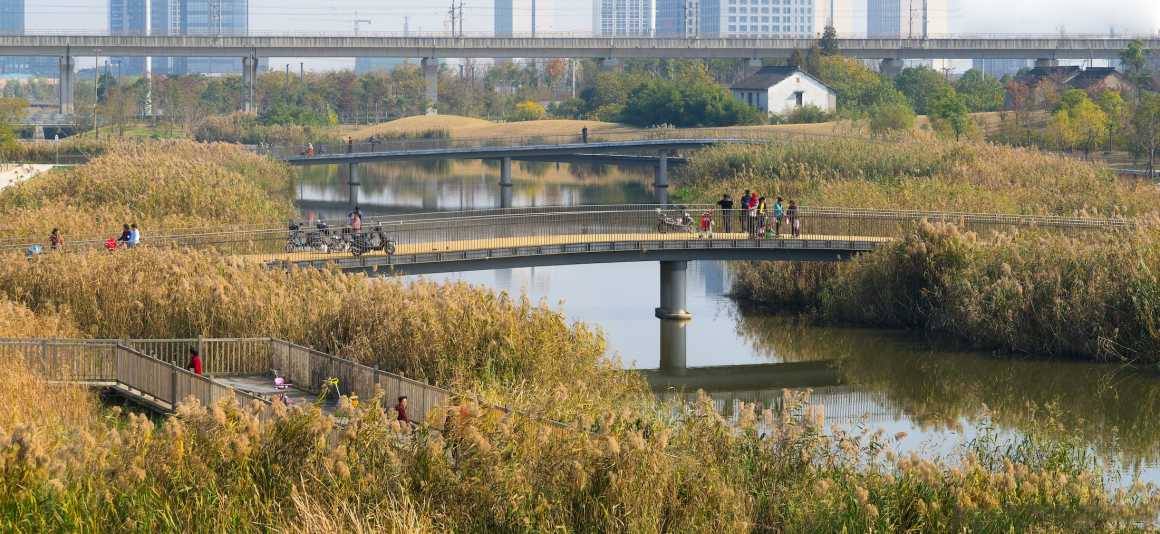

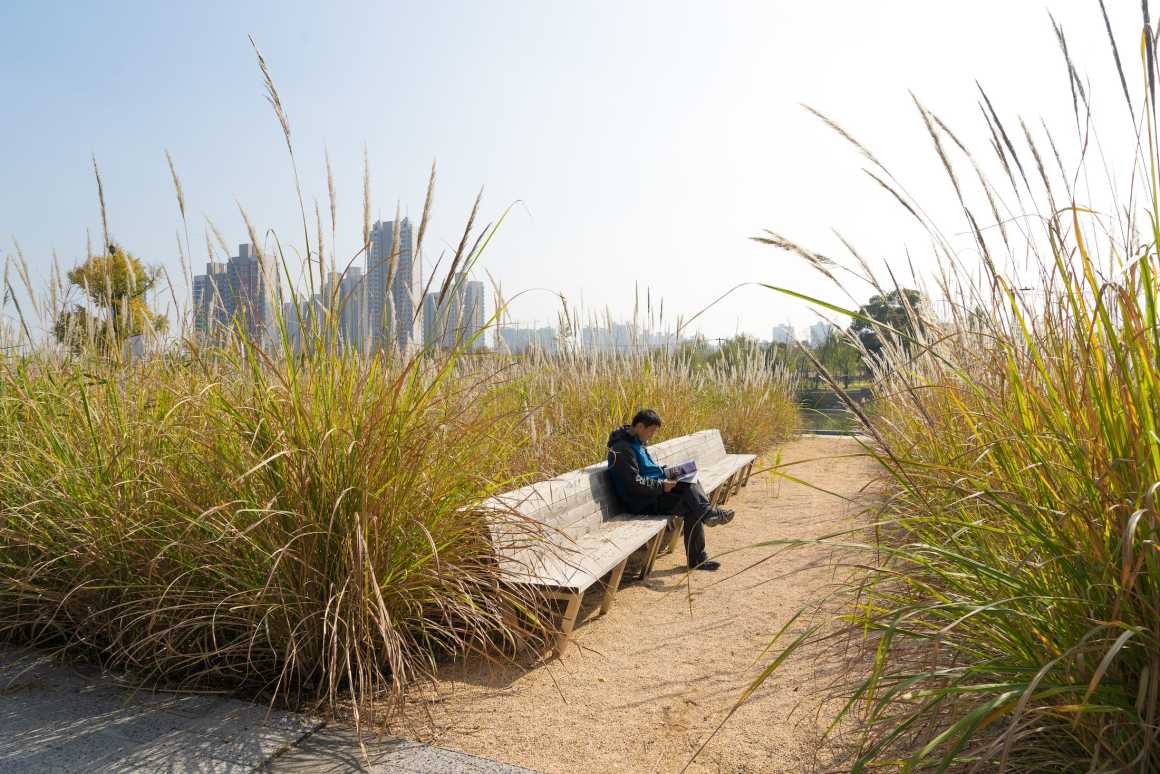
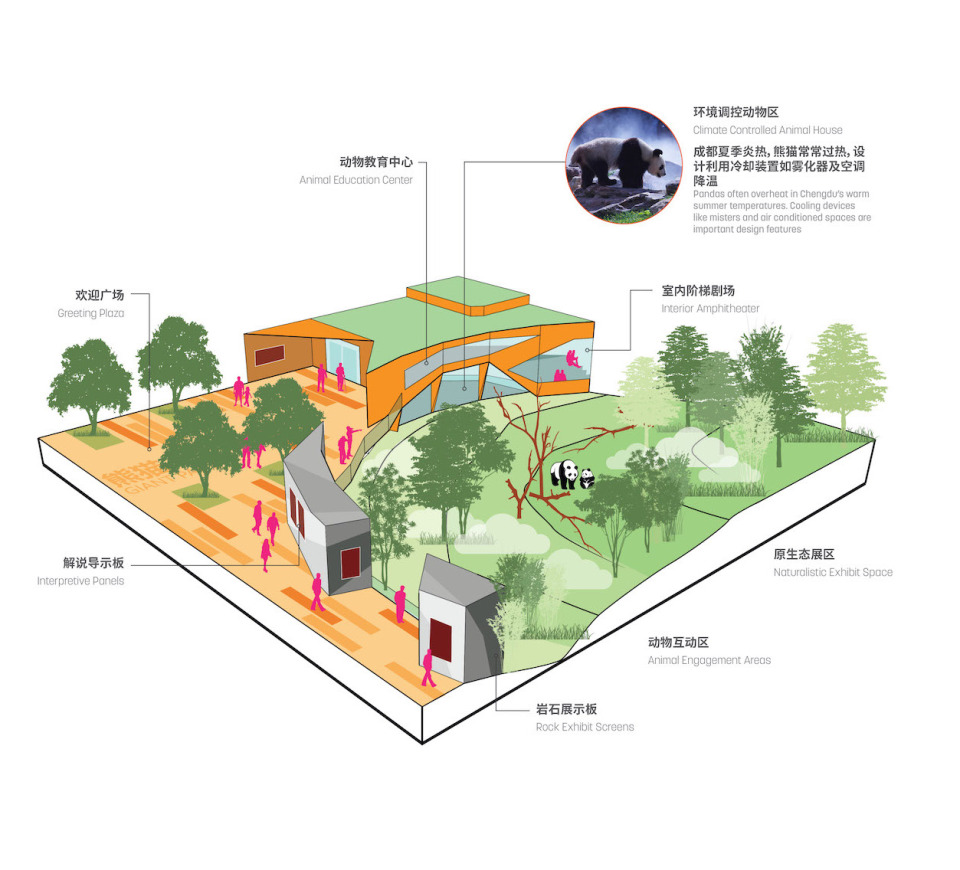





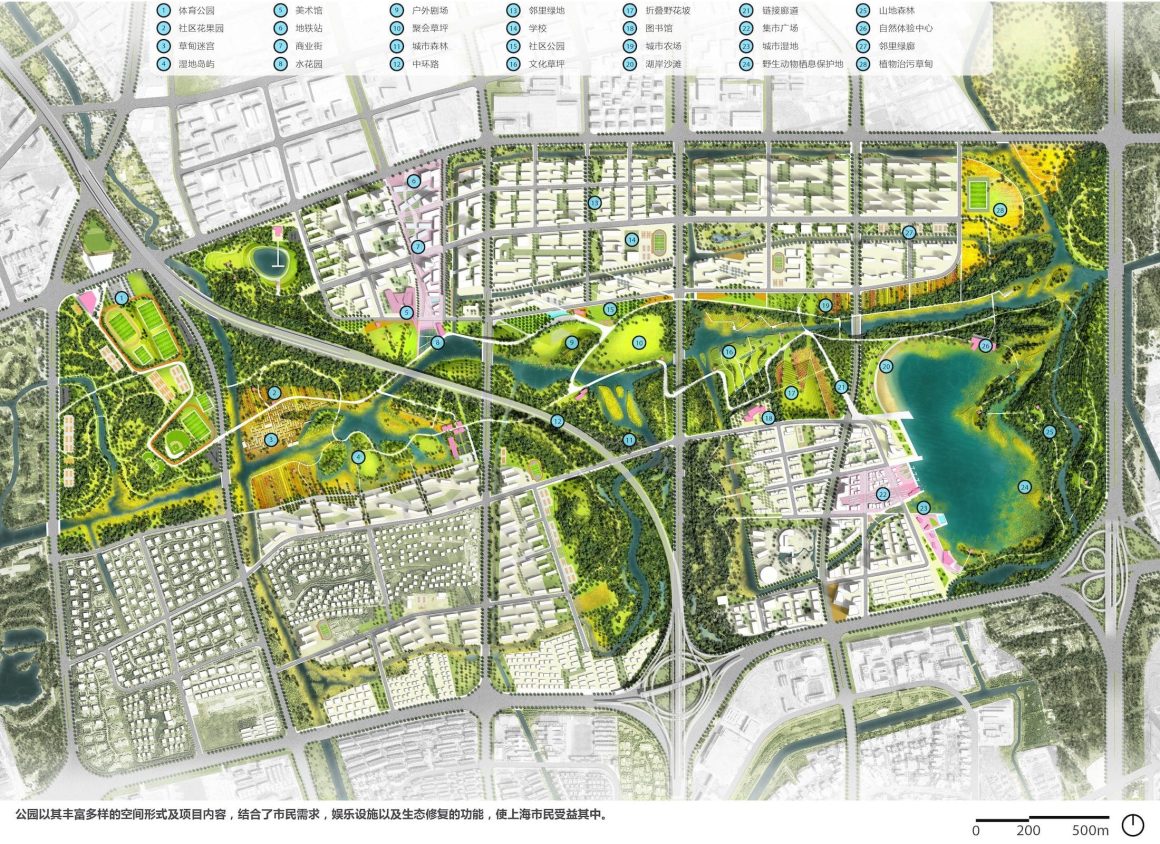



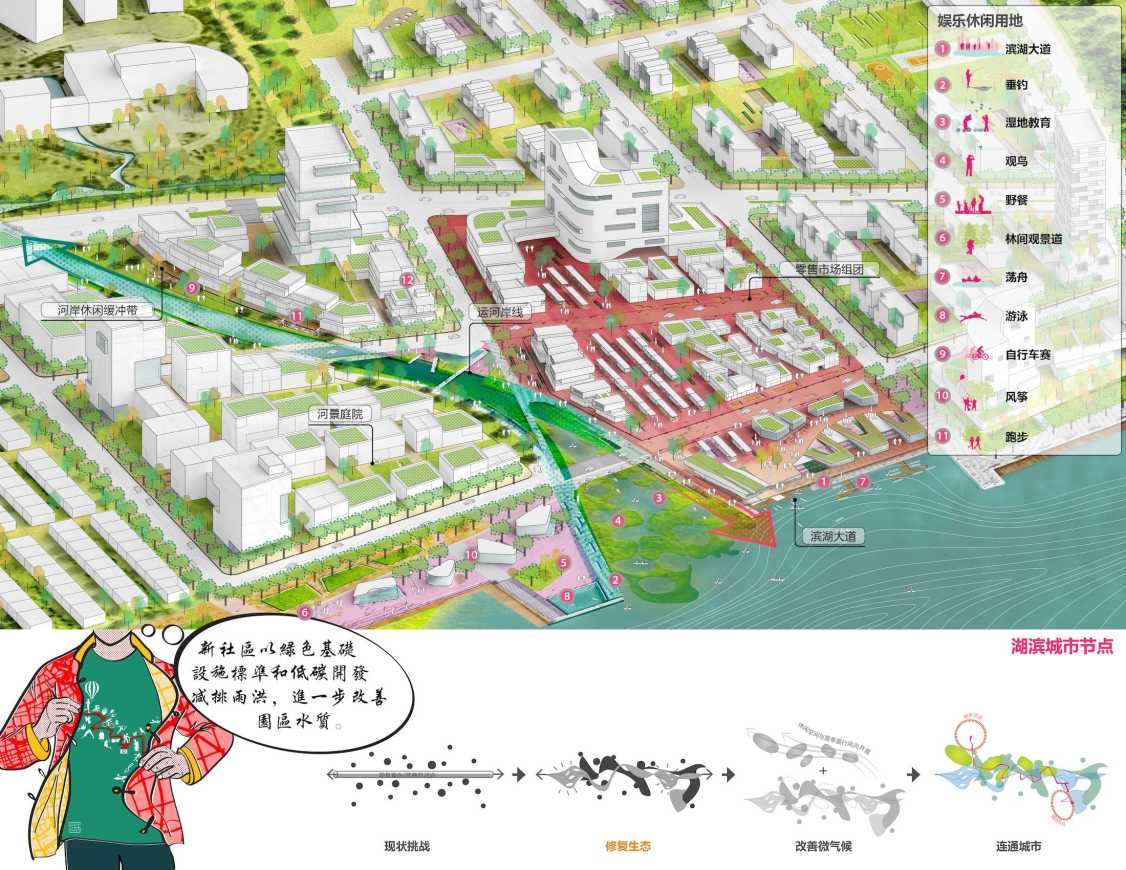
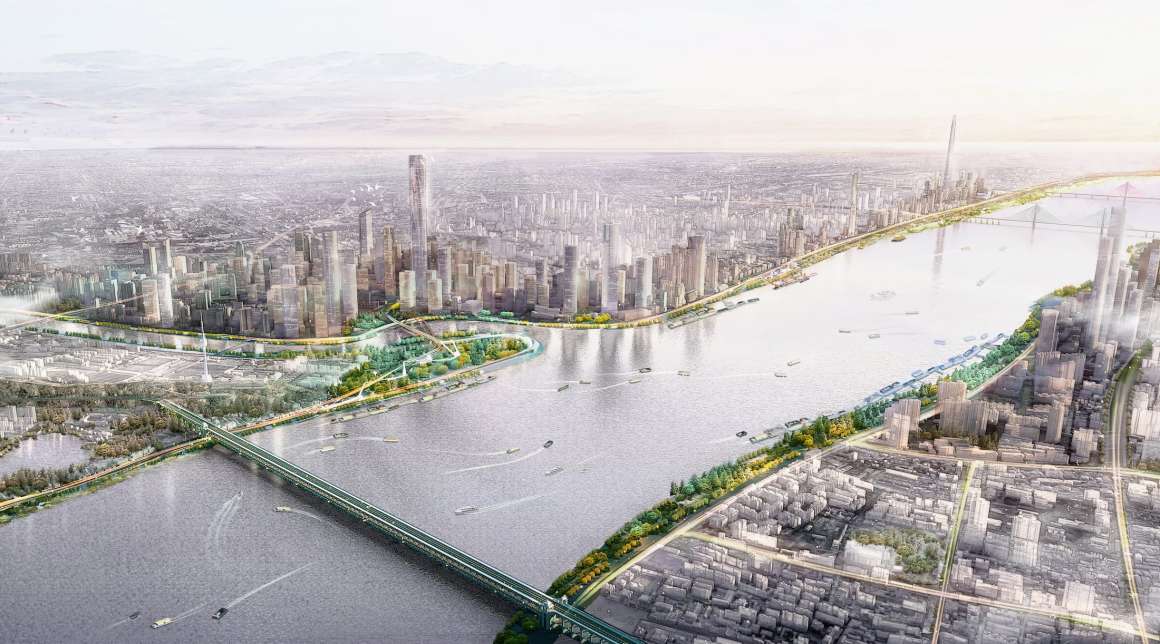

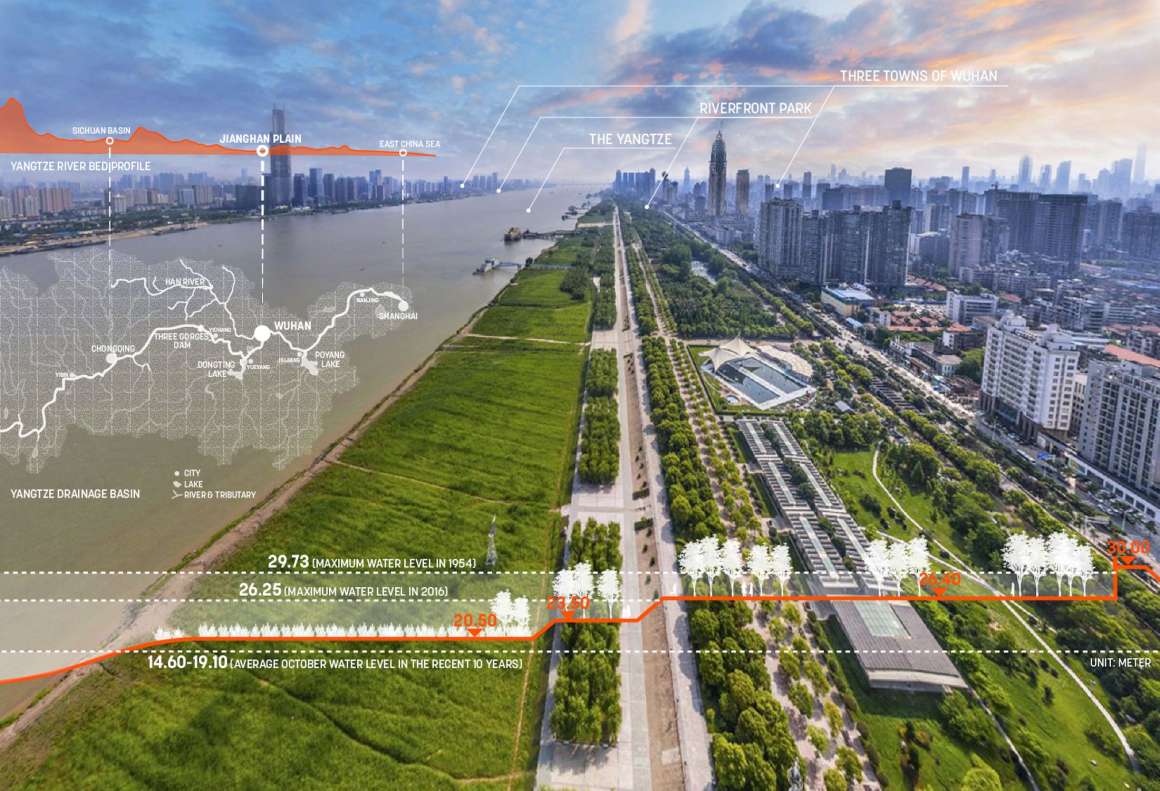
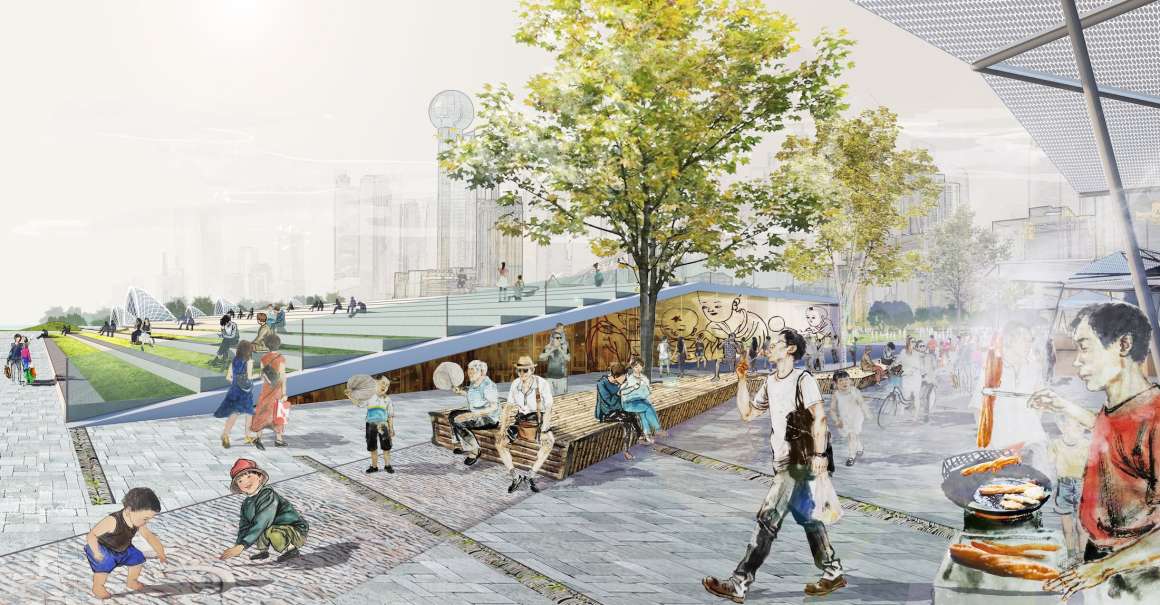
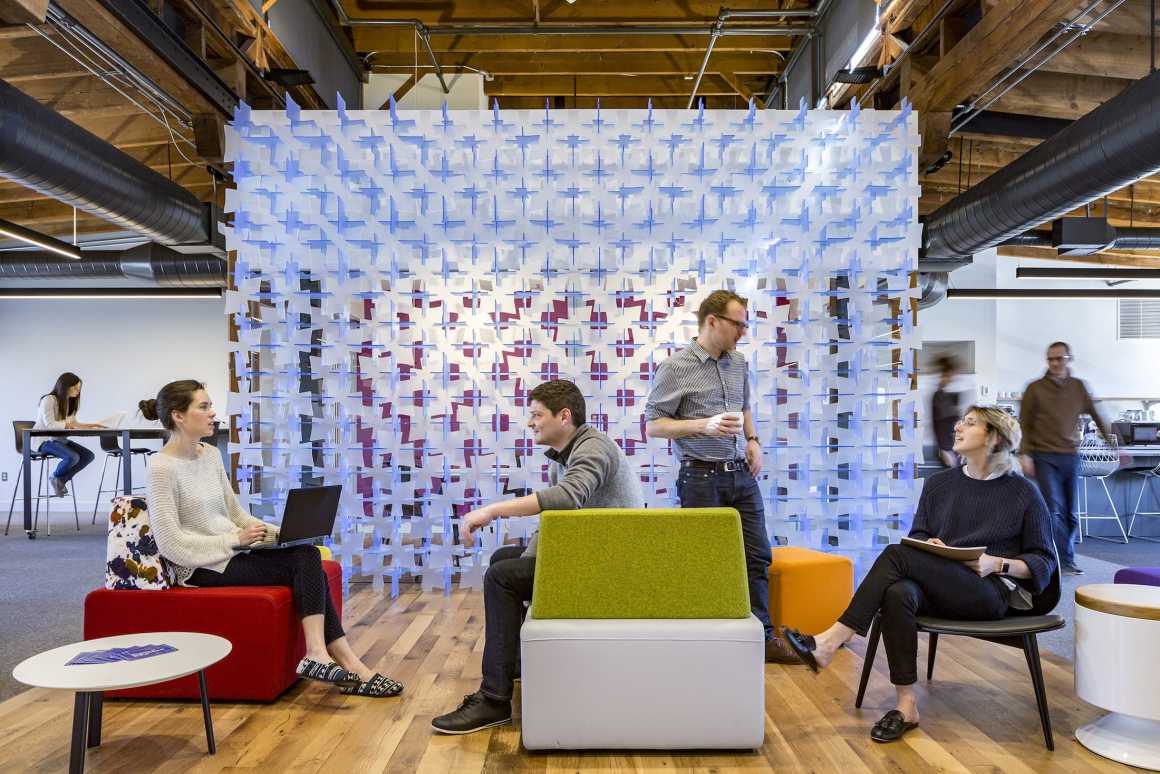
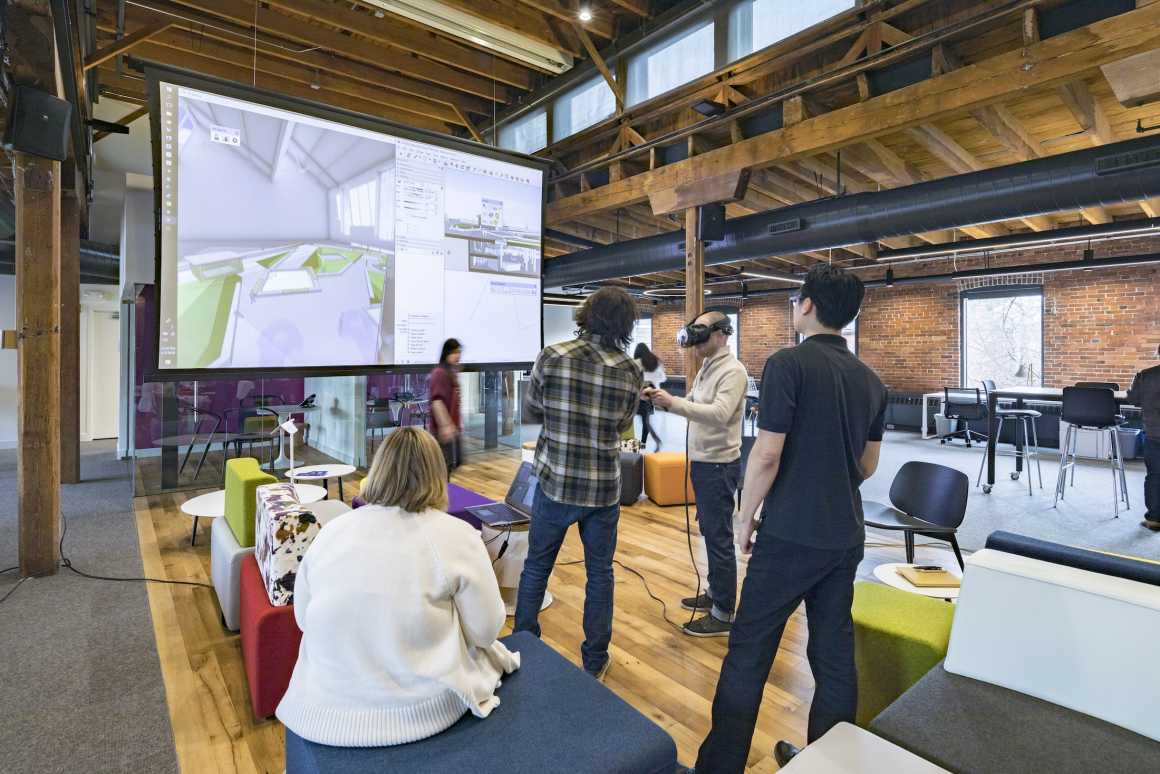
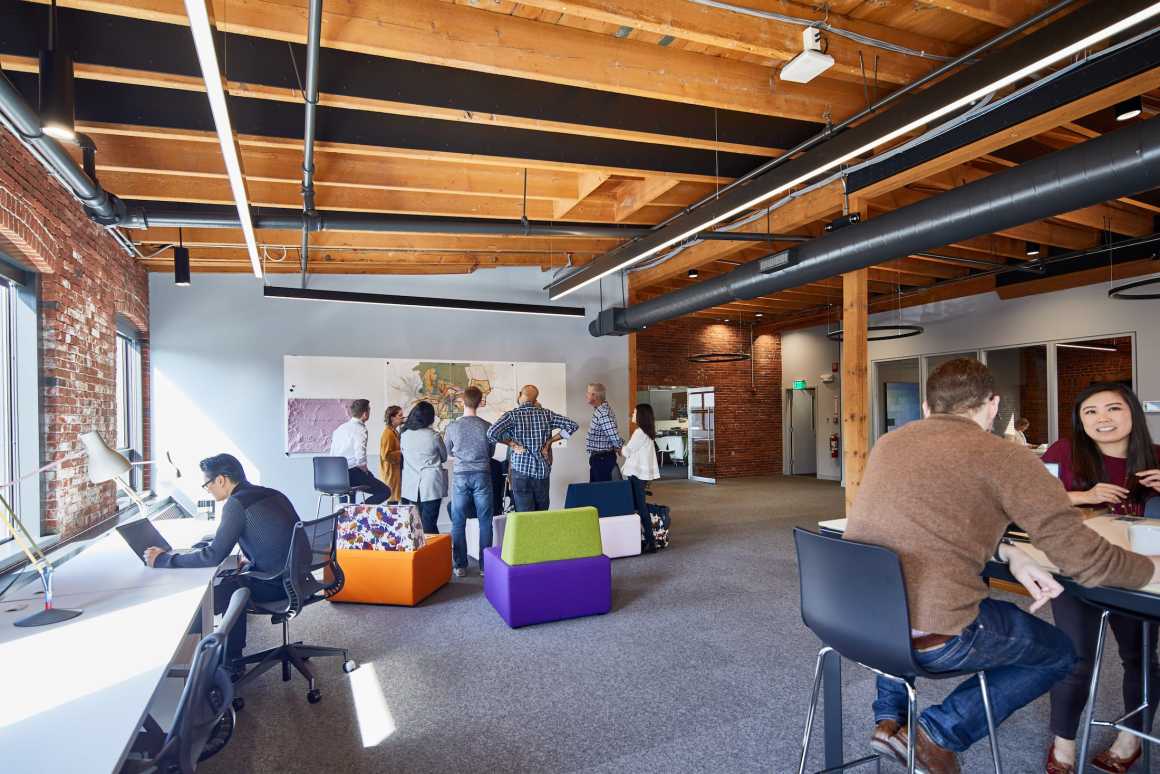
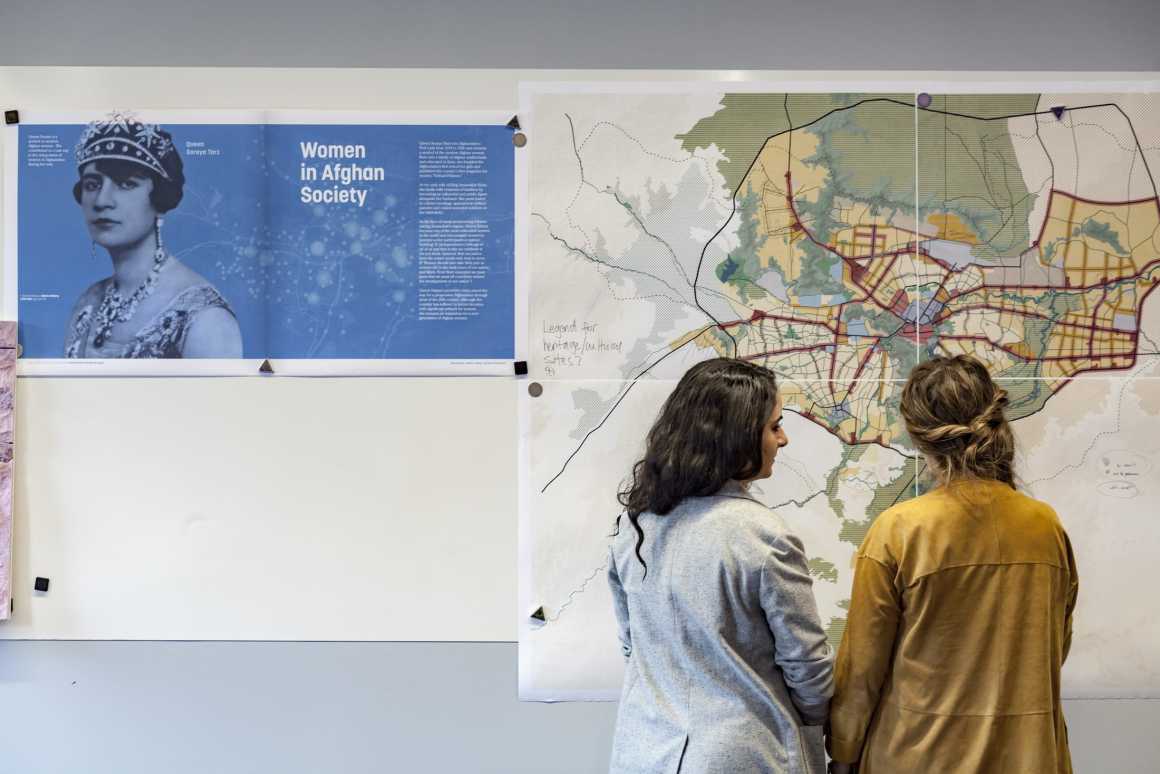


0 Comments